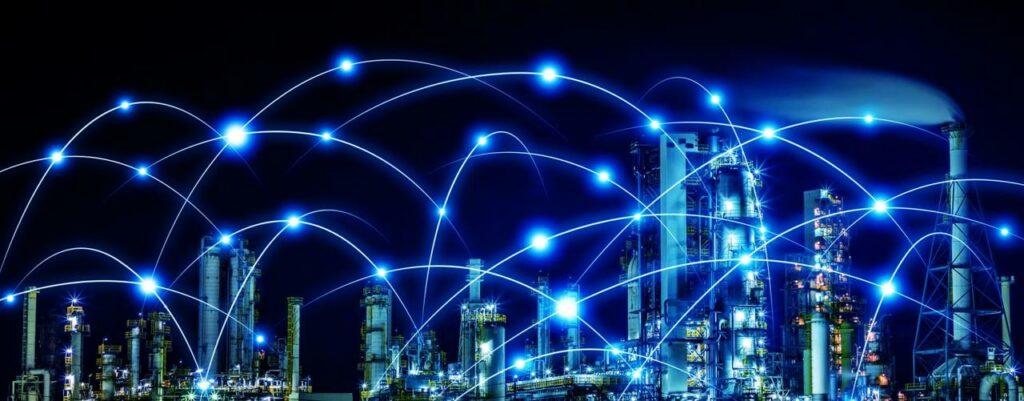Thoughts while enjoying a cup of coffee
Every morning, I enjoy a freshly brewed cup of coffee every. Sometimes even two. Can you imagine how frustrating it can be when you are longing for your first cup of coffee and the coffee machine stops working? A nightmare! If you own a fully automatic coffee machine, you are unavoidably confronted with maintenance issues. If you own process measurement technology as well. My coffee machine recently gave me questions about the maintenance of both.
No way without maintenance
I think we all agree on that. For both fully automatic coffee machines and for process analysis technology we cannot avoid maintenance. Nobody expects a measuring device to function reliably for any length of time and deliver correct measured values without any care being taken at any time. This is especially true for complex analysis systems.
In everyday practice, four questions affect us, especially when we are faced with an investment decision because an investment (cost) decision is also an operating cost decision.
These four questions are:
- When does it have to be maintained?
- At what intervals must maintenance be carried out?
- How long does maintenance take?
- What needs to be done? How difficult is that?
Let’s try to give an answer.
The right time for maintenance
This can be a regular maintenance plan. This is usually easy to organize, but does not always correspond to the actual need.
If you maintained too late, this could lead to fatal consequences such as an irreparable total failure of the machine. On the other hand, if you maintained too early, time and possible costs could be wasted, but we are on the safe side.
My coffee vending machine only answers when I want coffee, that is when I need it. Which is the wrong time! Instead of enjoyed the taste of coffee, I have to fill up on water, dump pomace, manually clean the steam nozzle which is just great when you already wear a white shirt. It never answers when I have time for it because then it is off. “Well Werner, why don’t you buy a smart coffee machine with WiFi?”, you might ask. I love my coffee machine, as traditional as it is. As long as it works and makes delicious coffee, I won’t replace it. Coffee making is not a science, it is an art. So don’t judge me.
Ignore? Can’t, because then the machine tells me I’ll jeopardize the guarantee. There’s a lesson to be learned from being a measurement device manufacturer. It’s a pity that it doesn’t tell me “After ten cups of Cappuccino, it’s time for maintenance” and that from then on the coffee machine counts down clearly visible. Predictive maintenance would be great, just like with our SENCOM system.
Intervals and duration of maintenance
To answer this with “as rarely as possible” and “as briefly as possible” would be too short. Quick hand movements in between may be okay:
- Fill up with water
- Empty the marc container
- Wipe something off
Especially since this could also be automated. Ask us, we are automation specialists Anything that takes longer should only be necessary at intervals that are as long as possible. (You know, the steam nozzle).
Scope and difficulty
Let’s get to the last question. It’s not difficult to define the scope of modern devices. There are instructions, menu navigation, on-site instructions downloadable on tablets directly from the manufacturer, etc.
Say Hello to Industry 4.0.
The “how”, that is the actual struggle, makes the difference. When I recently failed to screw the steam nozzle back on properly after the “manual cleaning”, there was no cappuccino for a week. Imagine – for example – there was no propylene in the plant for a week. But sometimes the annoying thing is just the difficulty of putting parts back to their original place.
Zirconia probes
Zirconia probes are reliable and low-maintenance devices for oxygen measurement, e.g. in power plant boilers. The measuring cell wears out over time, depending on the manufacturer, after a more or less long time. The process of replacing the cell is a nice example of how “easy” or “difficult” maintenance can be.
By the way, my coffee machine makes great coffee, that’s the most important thing! And our zirconia probes provide reliable readings. I’m not giving up the coffee machine, but we could talk about the zirconia probes. Maybe with a coffee from the fully-automatic coffee maker?
Do you need answers to the four questions? Or do you have more? Please feel free to comment!
Picture credits: Photocreo Bednarek-stock.adobe.com





Hi Werner, nice article. You have summed up dilemma of the maintenance professional aptly. Looking forward to hear more on Zirconia probes over a virtual cappuccino !